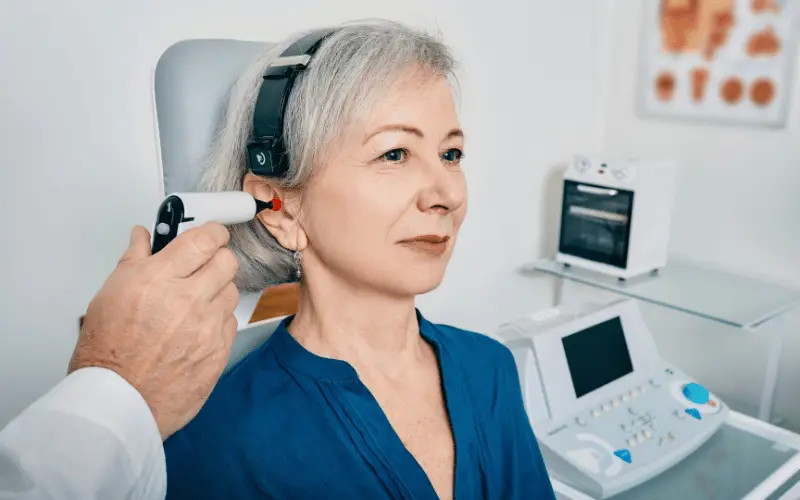Introduction: Decoding Tympanosclerosis – An Insightful Look into a Complex Ear Condition
Tympanosclerosis is an often-misunderstood condition, predominantly affecting the middle ear and tympanic membrane, commonly known as the eardrum. This condition is characterized by the presence of chalky, white deposits primarily made of calcium and other minerals. These deposits lead to the stiffening of the eardrum and sometimes the tiny ossicles within the middle ear, impacting the ear’s normal functioning.

The development of tympanosclerosis is typically a gradual process and is often associated with a history of middle ear infections or trauma. However, not everyone who experiences ear infections will develop this condition, suggesting a multifactorial origin involving genetic, environmental, and immunological factors.
Understanding tympanosclerosis requires an exploration of its causes, symptoms, diagnostic processes, and available treatment options. This condition, while not life-threatening, can significantly impact an individual’s quality of life, primarily through its effect on hearing abilities.
In this article, we will delve into the ten most crucial aspects of tympanosclerosis. From its etiology to the latest advancements in treatment, this discussion aims to provide a well-rounded perspective on the condition, offering valuable insights for those affected by it, as well as for healthcare professionals and caregivers.
1. The Etiology of Tympanosclerosis: Unraveling the Root Causes

Tympanosclerosis begins with an understanding of its causes. The condition often links back to chronic ear infections. These infections lead to inflammation.
Over time, this can result in the scarring and calcification seen in tympanosclerosis. Other contributing factors include ear surgery and physical trauma to the ear. Additionally, certain genetic predispositions may play a role.
The body’s inflammatory response to infections is crucial. It often triggers the pathological changes seen in tympanosclerosis. Repeated ear infections cause persistent inflammation. This, in turn, leads to fibrous tissue deposits in the ear. These deposits eventually calcify, forming the characteristic plaques of tympanosclerosis.
Environmental factors, like exposure to certain infections, also contribute. Genetics may predispose some individuals to the condition. Research is exploring genetic markers that could predict susceptibility. Such markers could revolutionize the approach to prevention and treatment.
Some studies suggest a link between tympanosclerosis and autoimmune disorders. This relationship is still under investigation. Understanding it could open new pathways for treating and managing tympanosclerosis. (1)